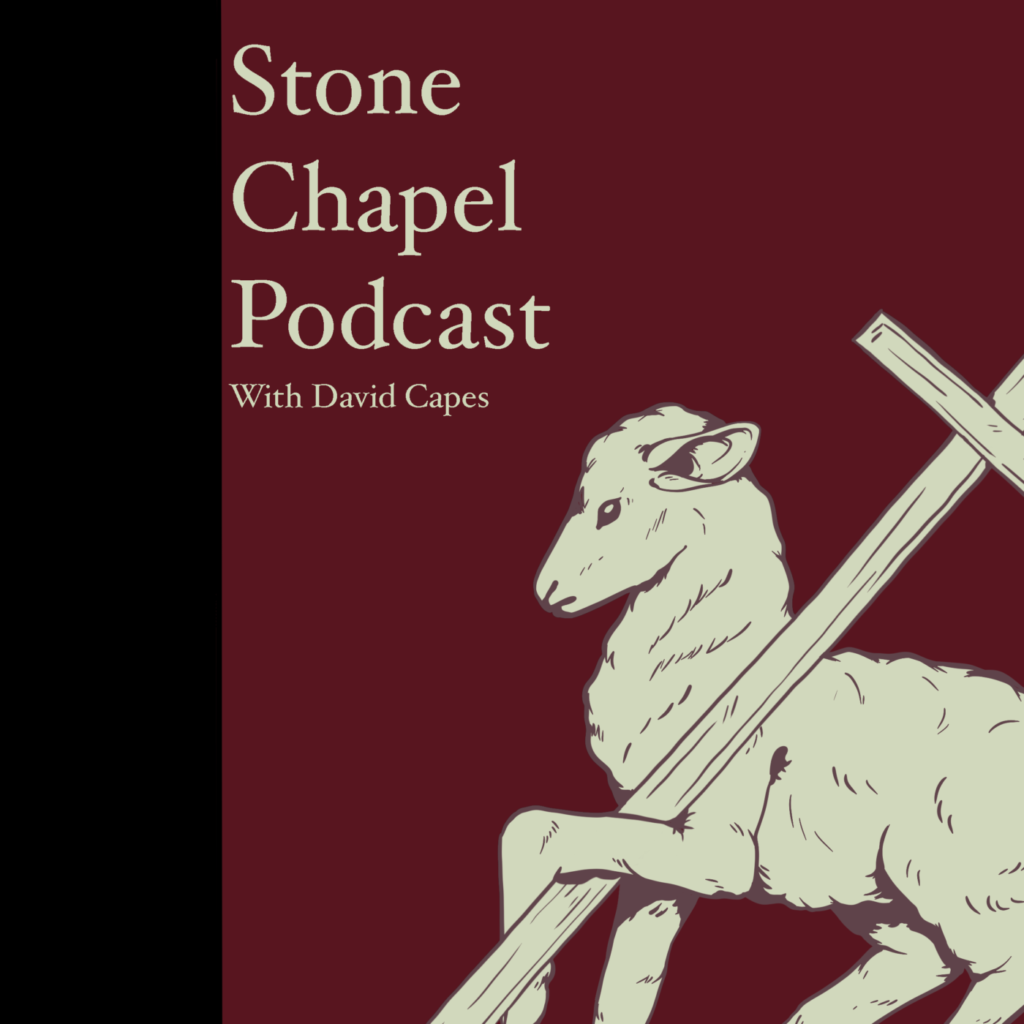

Episode 150 The Pseudepigrapha (Part 2) with Daniel Gurtner
Daniel Gurtner joins David Capes on The Stone Chapel Podcasts to talk about the Pseudepigrapha. This conversation is so rich, that we decided to make it a two-parter. If you haven’t heard part one from last week, please go back and listen.
Who is Daniel Gurtner?
Dr. Gurtner is Professor of New Testament at Gateway Seminary in Ontario, CA. He loves studying the Bible and telling people all about it. One of his favorite past times is running.
What are the Pseudepigraha?
The conversation centers around Dr. Gurtner’s 2022 book, Introducing the Pseudepigrapha of the Second Temple Judaism: Message, Context & Significance (Baker Academic).
These are a complicated set of texts which are often classified together, although they are very different. The term “Pseudepigrapha” means “falsely-written.” That is, written in the name of another.
In part two Dr. Gurtner and David Capes discuss the different kinds of literature found in the pseudepigrapha under four types.
Types of Pseudepigrapha
During this period, these writings differed according to genre and, in some cases, purpose. Gurtner discusses four types.
1. Apocalypses are the largest group of Pseudepigraphic works. In these books, a seer often has a vision, a dream or a heavenly ascent, and they have an angelic guide interpret what they are seeing.
These visions give a heavenly perspective on earthly history. (examples are 1 and 2 Enoch and Apocalypse of Abraham)
2. Testaments are inspired by those parts of Genesis where a patriarch is preparing to die. From his death bed he calls together his children.
In a touching scene he shares a bit of his life story and encourages his children to walk in God’s ways and follow God’s teaching. (examples are Joseph and Asenath, Testament of Adam, and Testament of the Twelve Patriarchs)
3. Legends and Expansions often fill in aspects of the biblical story that people were curious about. But there are books such as The Letter to Aristeas that offer other perspectives on lives for Greek-speaking Jews. (examples are Jubilees, Life of Adam and Eve)
4. Psalms, Wisdom and Prayers make up a diverse assortment of devotional and wisdom literature. These offer great insight into the piety of some Jewish period during the era. (examples are Psalms of Solomon, and Pseudo-Phocylides)
Why are these texts important?
These texts are important because they demonstrate what some Jews at the time of Jesus and the earliest Christ-followers thought. If the New Testament is one witness, these writings are a second witness to their lives and ideas.
More about Dan Gurtner
Dr. Gurtner published an earlier book on the death of Jesus in the Gospel of Matthew:
The Torn Veil: Matthew’s Exposition of the Death of Jesus (SNTS Monograph Series).
To view a 30 minute lecture by Daniel Gurtner at the Lanier Theological Library click here.
More resources
Want more Stone Chapel Podcasts on some great topics. Just click here.
What’s more, you can get information on upcoming lectures at Lanier Theological Library. Just click here.
Subscribe to all of these short, succinct theological and biblical podcast episodes. They cover a wide range of disciplines with scholars and theologians across the globe in a friendly and informative Q and A.